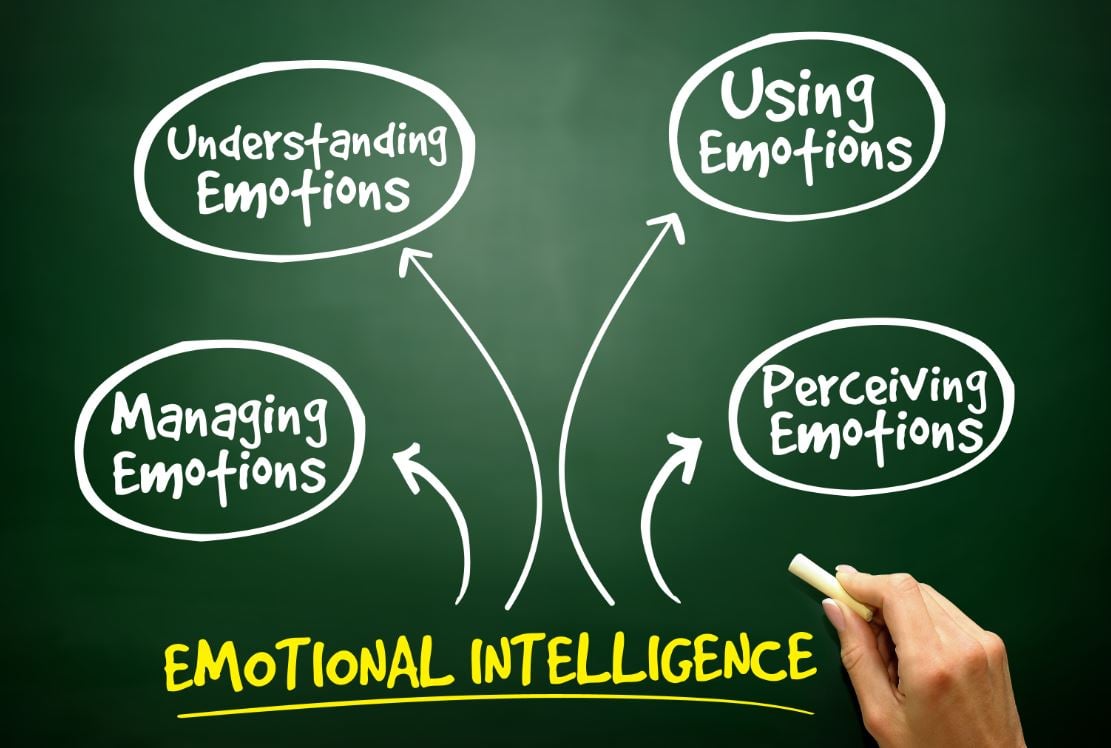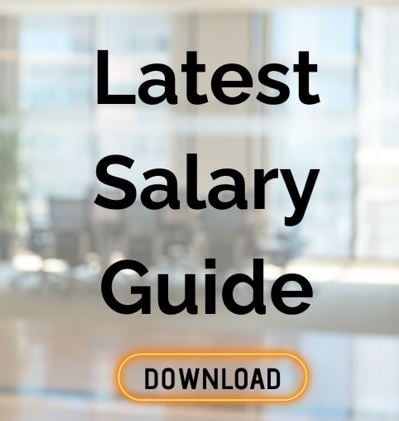Motivational meetings? We have all been there, haven’t we? That meeting that was atrociously run, with a weak agenda and no specific actions to take away. It was anything but motivational.
However, it doesn’t matter if you are a blue-chip corporate or a micro organisation in the centre of Leeds. Your skill in running an efficient and motivational meeting will have an impact on your team being inspired to move forward and deliver the results that both you and they want.
Here at Lucy Walker Recruitment we are talking to our clients and candidates on an hourly basis and have had more than a few conversations relating to team meetings. In this post, we want to share what’s working now.
1. Why Have a Meeting in The First Place?
Boring and ineffective meetings are often the result of having a meeting without a specific need.
What is the purpose of the meeting and what do you want to achieve? Is a meeting the best way to facilitate this? If not don’t have one.

2. Who Needs to Be There?
Be ruthless with this one; who specifically needs to be there?
It’s well known that taking someone away from their desk for a 30-minute meeting creates a lot of unproductive time. By the time they have walked to the meeting, attended and then got their head back in the game when they return to their desk half the morning or afternoon has gone.
3. The Goldilocks Principle and Timing
The Goldilocks principle as many of you will know is based on the fairy tale. Not too hot and not too cold. Applied to your meetings then ideally, they need to be long enough to get the job done and not too long that they drag on without a good reason.
As a rule, the shorter, the better helps to keep everyone focused, which then leads onto timing.
Morning or afternoon? In an ideal world morning meetings work. No matter what anyone attempts to tell you; human beings have more energy earlier in the day.
It’s also an excellent opportunity to send people off upbeat, motivated and ready to take action on whatever the output of the meeting was.
4. Create The Atmosphere
We have regular meetings here at LWR which our consultants enjoy. If your goal is to build a thriving company where people actually like coming to work, then the meeting sessions that you run will be a great vehicle to facilitate this.
How about running a ‘stand up’ meeting? A research study from Washington University revealed that removing chairs, so people stand up boosts, creativity, energy and excitement.
Alternatively set the meeting up with round tables as this is an option that creates a less rigid structure.
Music is a powerful medium too.

As human beings music often anchors our state. Who hasn’t been pumped up by a piece of music at a conference or as a keynote speaker takes the stage, or got through that gym session listening to an upbeat workout music mix?
Think about visual aids you might use too and the refreshments you provide. All these elements create the overall atmosphere.
Remember to set the tone of the meeting by starting with something positive, whether that’s a business success or something a team member has accomplished. Which leads to your meeting structure and flow.
5. Meeting Structure And Flow
Have one! It’s imperative to have an agenda that is designed around delivering the outcomes of the meeting.
If you are expecting input from attendees or ideas and suggestions, then ensure attendees have a copy of the agenda before the meeting and not just a quick email fired off 10 minutes before the meeting starts.
Your agenda will ideally cover the why, what, how and outcomes for each item; clarity is essential. Ensure you have role clarity, in other words, who is taking notes? Who is the time, keeper?
This might surprise you; don’t have an AOB section. This is where meetings drag on and go off tangent. If it needs to be discussed, it needs to be on the agenda.
Make sure you aren’t attempting to cover too much in the time you have allocated. The, less is more quote came into existence for a reason…..
Having a format to follow is a good thing. People then understand what is going to happen and how to play their part. Contrary to popular opinion people don’t like surprises; it can make them panic, especially in a meeting context.
We talked about starting with a positive intro; the outro should be similar

6. Follow Up Is Critical
If you want your meetings to create movement, then you need to have a follow-up process. That could be a round robin email or, depending on the size of your organisation, a teleconference. Hold people accountable for their agreements and actions.
Ready to hold that meeting now?
Can we help? We have placed and filled over 100,000 temp and permanent assignments over the last 30 years so have a range of techniques, ideas and platforms which could help you. Why not call us on 0113 367 2880 to have a conversation with one of our team. Alternatively drop us an email here or check out our Testimonials and Case Studies.




.jpg)













.png)






